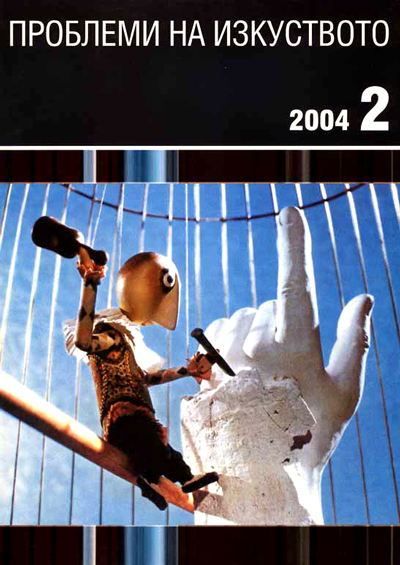
We kindly inform you that, as long as the subject affiliation of our 300.000+ articles is in progress, you might get unsufficient or no results on your third level or second level search. In this case, please broaden your search criteria.

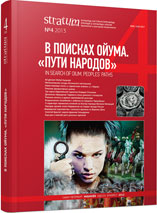
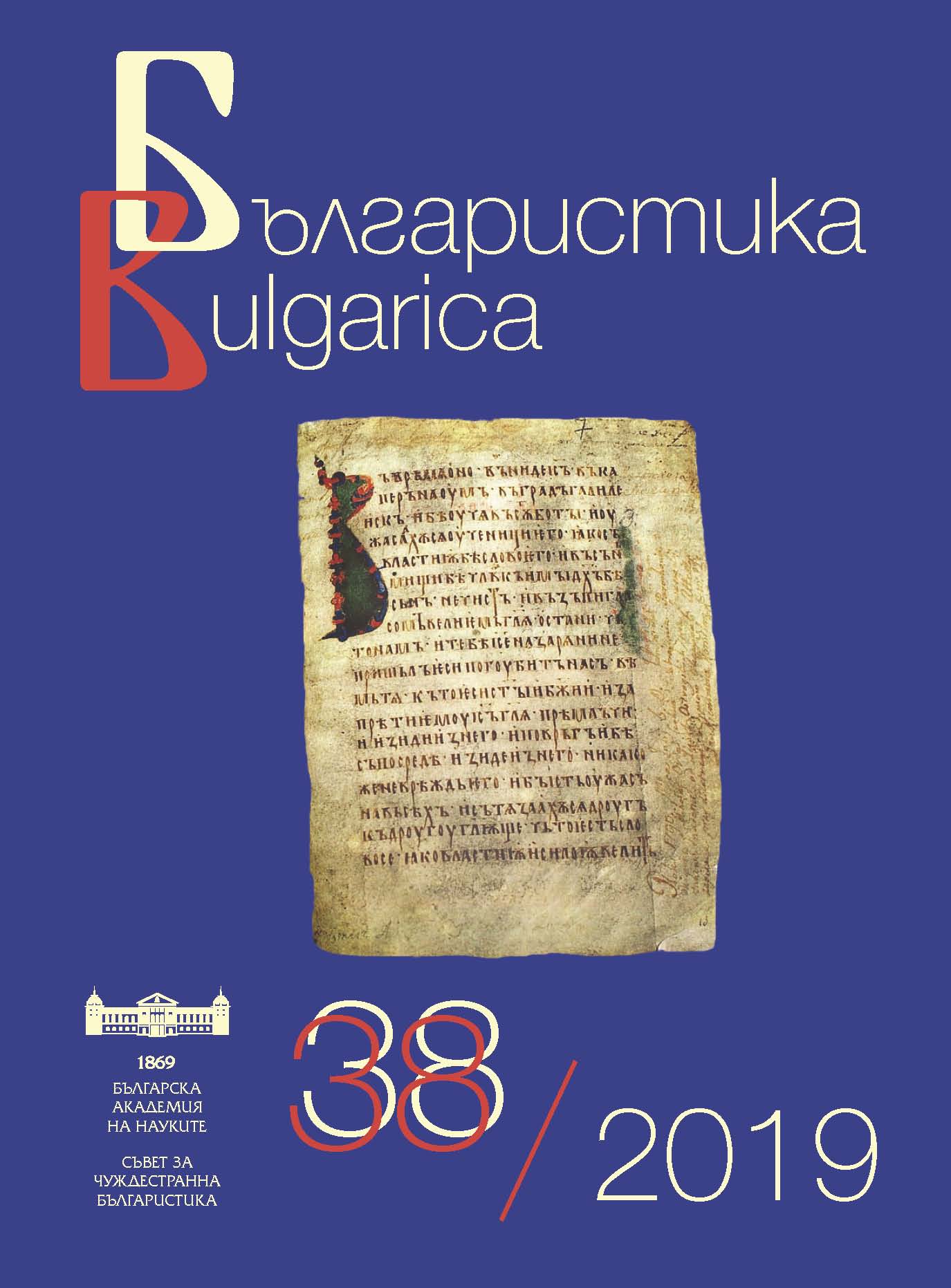
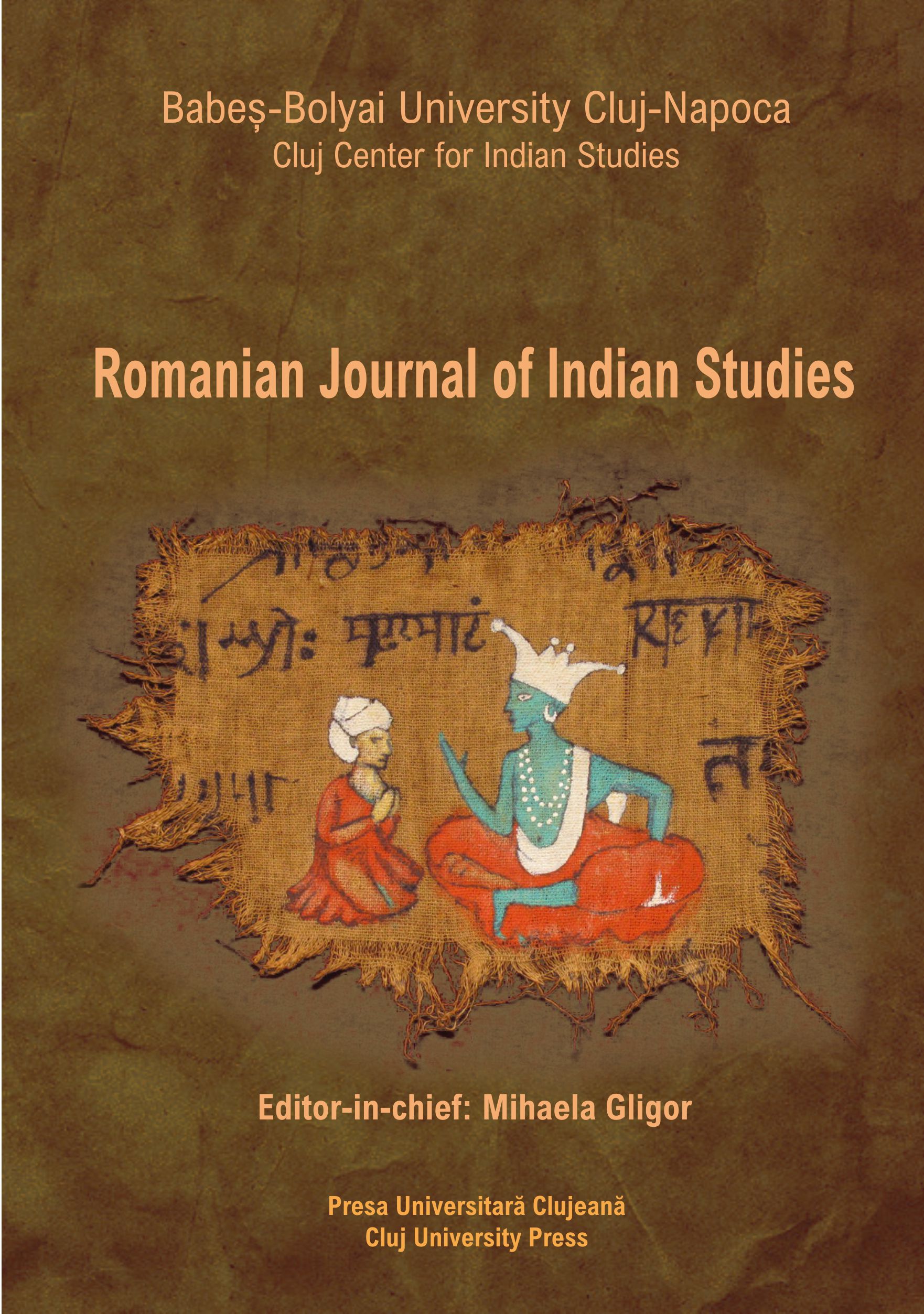

How many are the Rāmas? Rāmaṉ ettaṉai Rāmaṉaṭi is a popular movie song. Kṛṣṇa is here (Kurukṣetra), yonder(Bṛndāvana) and everywhere (minds of devotees). The two are the principal characters in the hymns of the Āḻvārs that lead to meditate on Kṛṣṇaism and Rāmaism. They are one with the avatāras of Viṣṇu, and at the same time on either polarity from the feminine point of view; Rāma is ekapatnīvratin and Kṛṣṇa’s anekapatnī. TheĀḻvārs, cf. hymns bearing on divyadeśa-Pullāṇi (Tirumaṅkai in Periya Tirumoḻi), and some north Indian folk songs view Rāma, the beloved of several lovesick maidens. The article proposes to discover Rāma in the Bṛndāvana (cf. Fig. 5), not Aśoka-vanaṃ. In either case, philosophically the several lively women are paśus committed to ātmanivedana due to virahabhakti.
More...
Vaṭapartraśayī is an iconographic form of Viṣṇu,representing the child - Krṣṇa (Kaṇha in Prākrit or Kaṇṇaṉ in Tamil)reposing on banyan-leaf conversing with the eternally youthful sage, Mārkaṇḍeya. Sculptural evidences of this form are traceable in the art of Tamilnāḍu since the Early Cōḻa period, early half of the 9thcentury CE (Desai 2013, 2016 and Gail 2014). Śeṣaśāyī finds theLord reposing on the eternal serpent, Ananta, also known as Śeṣa, an“emblem of eternity”. R.K.K. Rajarajan (2018: 14, 23) is uncertain whether Brahmā is affiliated with a child. The present article affirms Brahmā in early samples is somehow associated with of Vaṭapatraśāyī, the child-God. Brahmā originates from the lotus emanating from the umbilicus of padmanābha-Śeṣaśāyī. NeitherŚeṣaśāyī nor Brahmā are viewed in child-form in this case. TheTamil mystics, the Āḻvārs, have bequeathed a rich literature bearing on Vaṭapatraśāyī, called Ālilaimēvumāyaṉ (the Māya pervading over the banyan leaf).
More...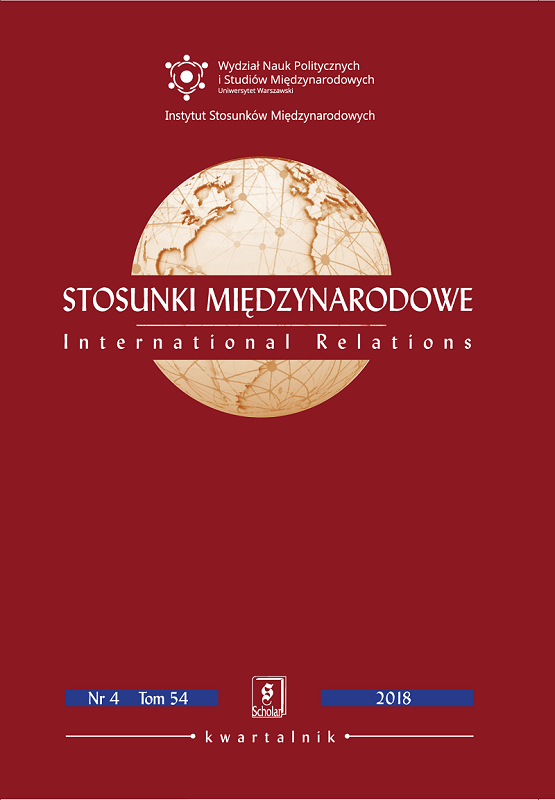
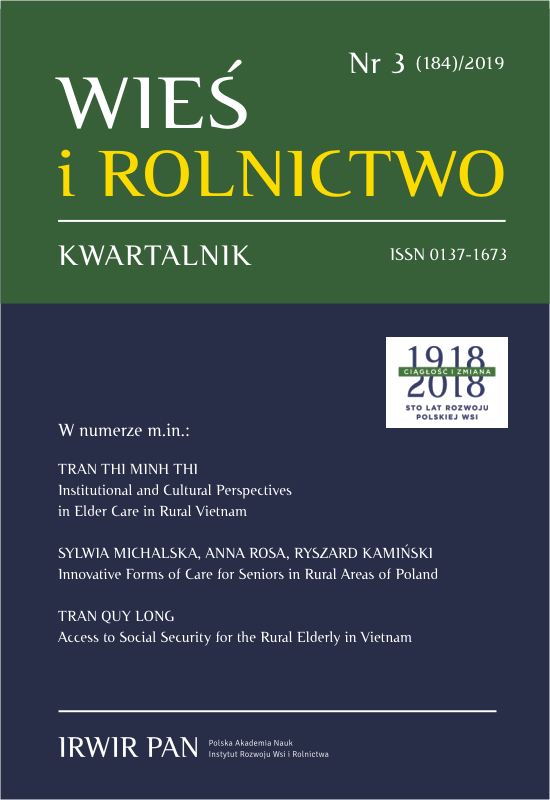
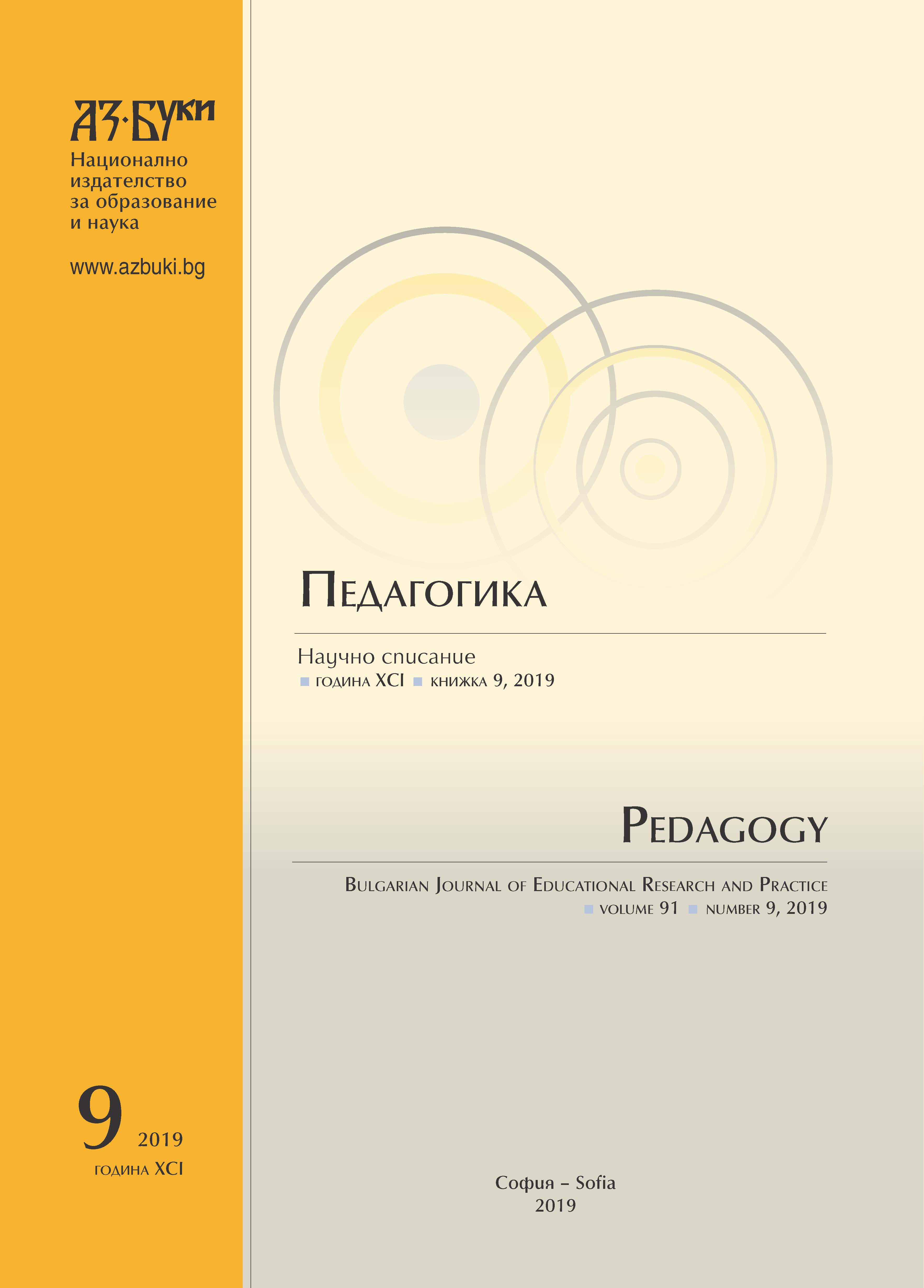
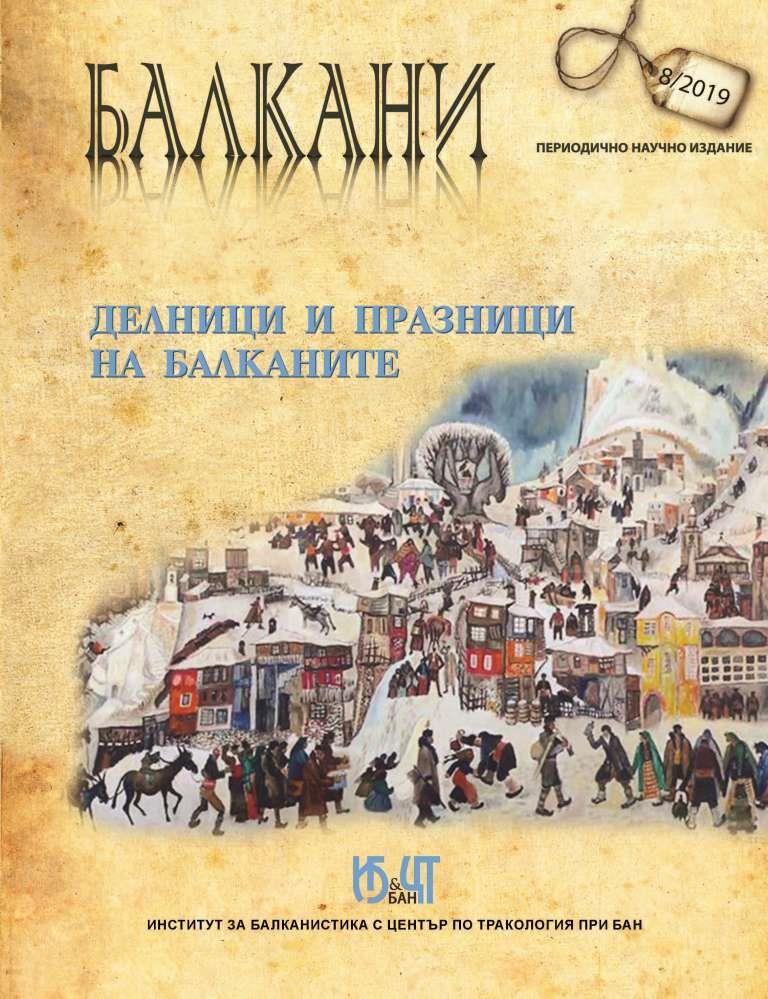
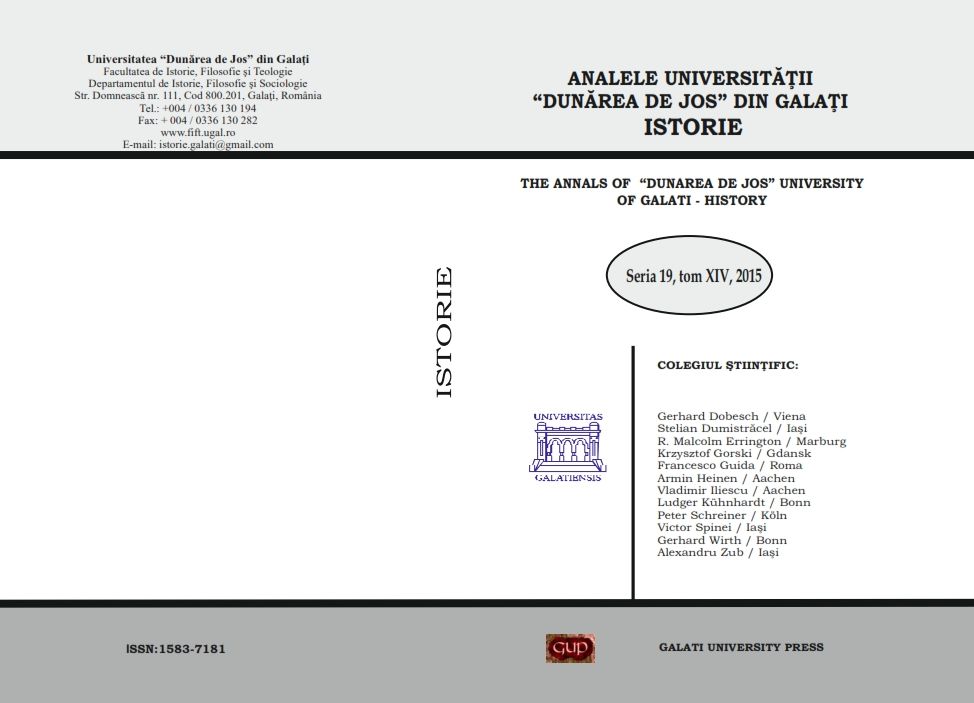
The article consists of the general bibliography of documents referring to world and Romanian history, as well as books donated by V. A. Urechia to the Public Library of Galați, which bears his name today. The article is structured into 8 sections, Documents that are in the inventory of the Library and that concern world and Romanian history; Old foreign books (dating between 1472 and 1700); Old Romanian books; foreign books (dating from 1790 to 1900); Manuscripts; Maps; Photographs; Old Prints. The sources that have been used for compiling this bibliography are: the Catalogue of Manuscripts and Letters, the Catalogue of Prints and Paintings, the General Book, Manuscript and Map Catalogue, the Catalogue of Old Romanian Books in the patrimony of V.A. Urechia Library, the Old Books list and the Library’s Electronic Catalogue
More...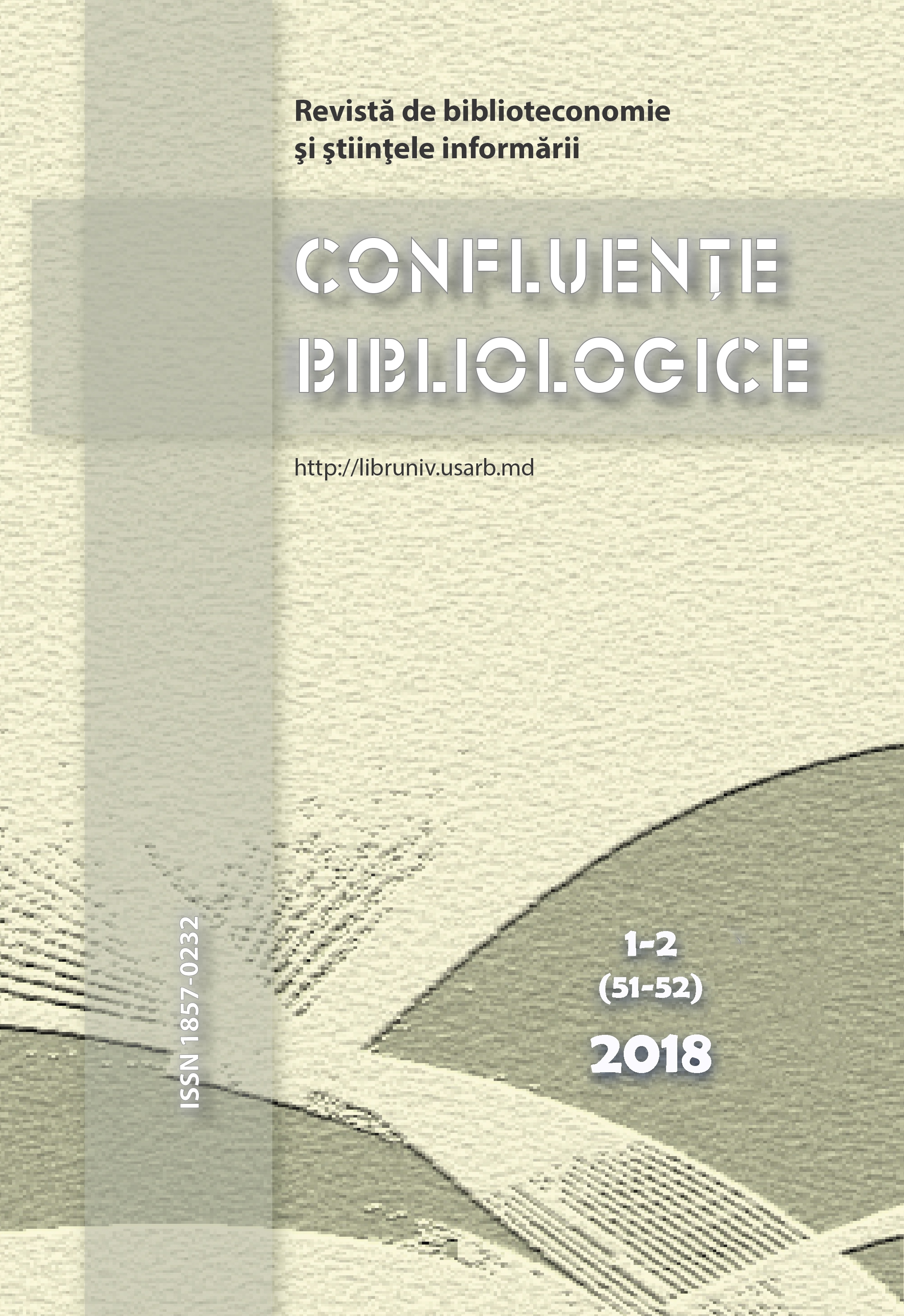
The Portrait Circle of Lectures “What about is Speaking the Face” was dedicated to the Leonardo’s 500 Death Anniversary. In this article we discuss actuality of the thim and results of test in order to improve our future work.
More...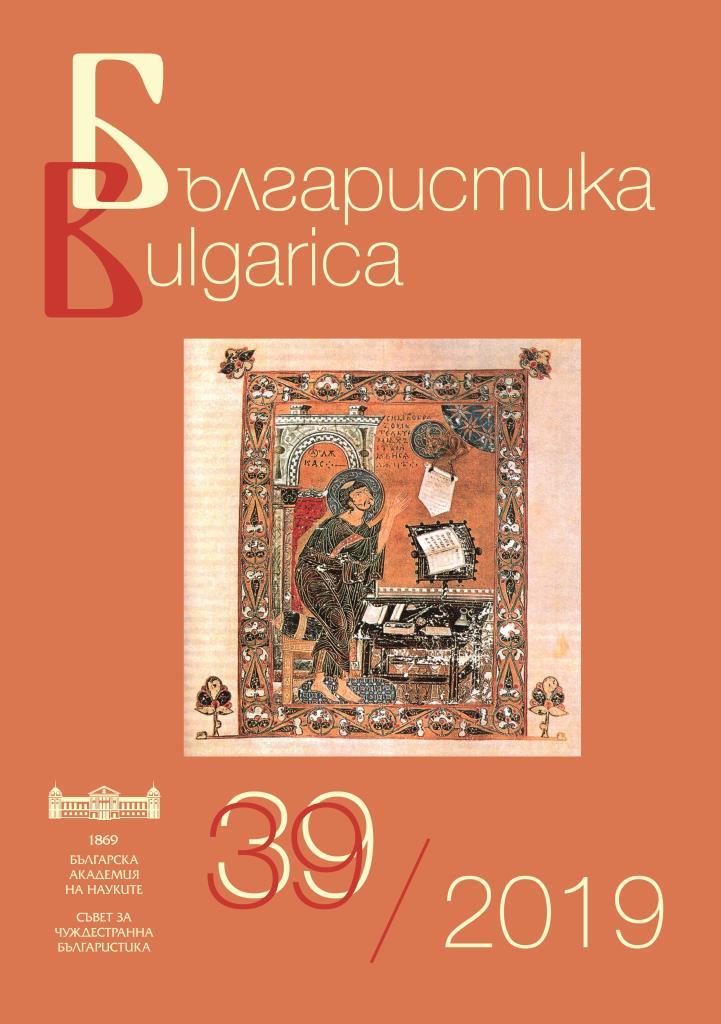





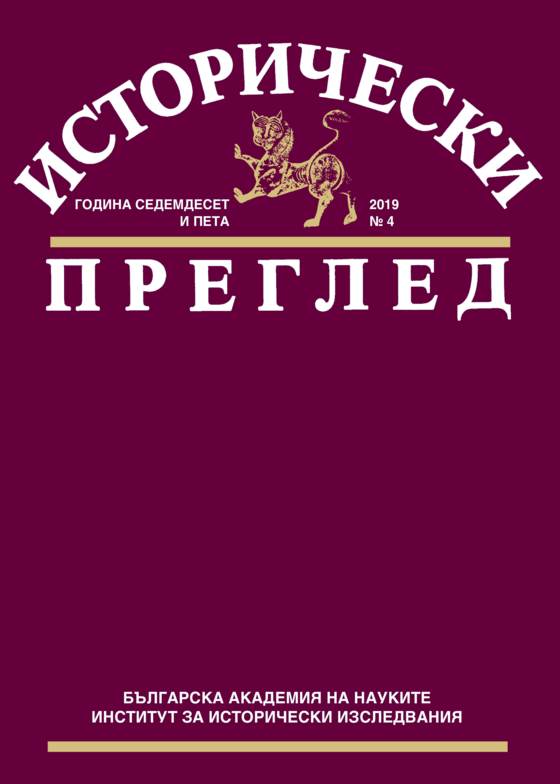
The text is dedicated to the 80th anniversary of Correspondent member of BAS, ScD. Rumyana Radkova, a prominent researcher of Bulgarian Revival. The scientific biography of the researcher is briefly presented and a concise historiographical overview of the most significant of her works is made. For a better presentation of her scientific works, parallels with works of artists have been used: the works devoted to historical and geographical objects are compared with landscapes, biographical works with portraits of individual national revivalists, and the research on social groups with collective portrait compositions.
More...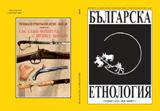
The Scientific Archive of the Bulgarian Academy of Sciences preserves a poorly known set of hand-written documents representing reports of county governors to the Minister of Internal Affairs and containing data on the folk costumes worn by the different groups of population in the respective districts. The article analyses the report of the governor of the County of Sofia. The document presents according to the district the various types of male and female costumes typical of each settlement. The lack of studies on the folk costume in the time of the document provokes the interest of the author to find the reasons for the specification of precisely these types of costumes. Comparing and analysing the data on each costume – its elements, materials, decoration etc. – she determines the markers of differentiation that gave the authors of the respective descriptions a reason to typologize the costumes in certain district precisely in this manner. In this article, the author analyses the presentation of the folk costumes in Zlatitsa, Novo selo and Iskrets districts. The first two districts –Samokov and Sofia – were a subject of analysis in an article published in the previousissue of the journal.
More...